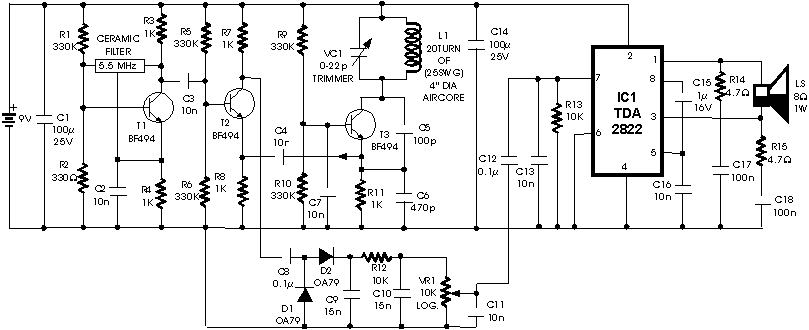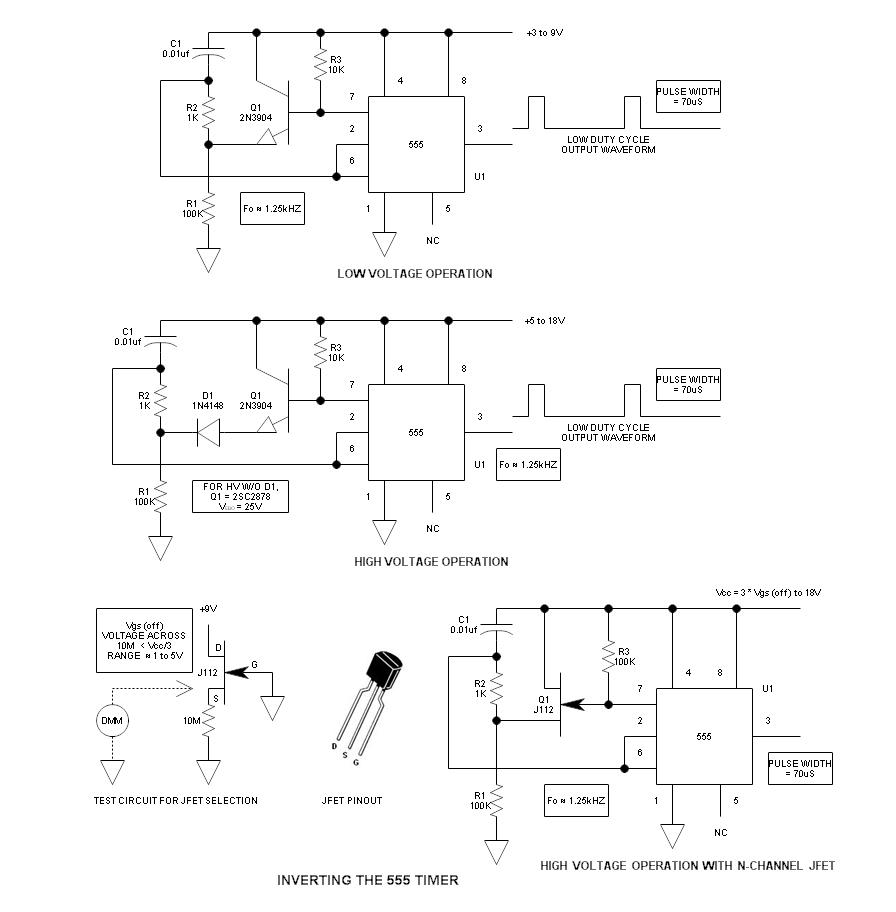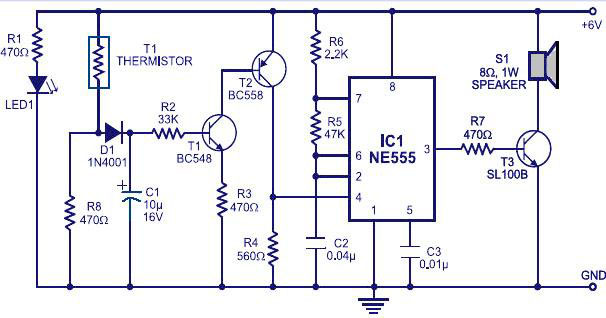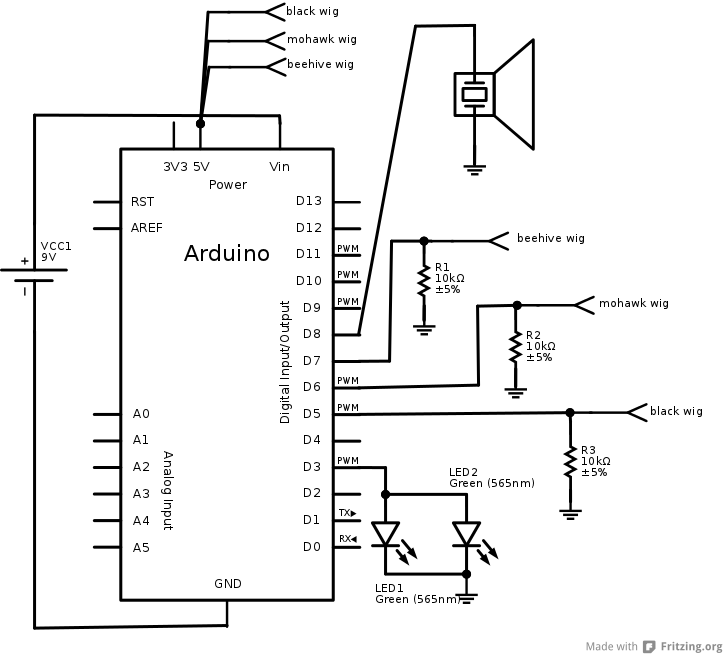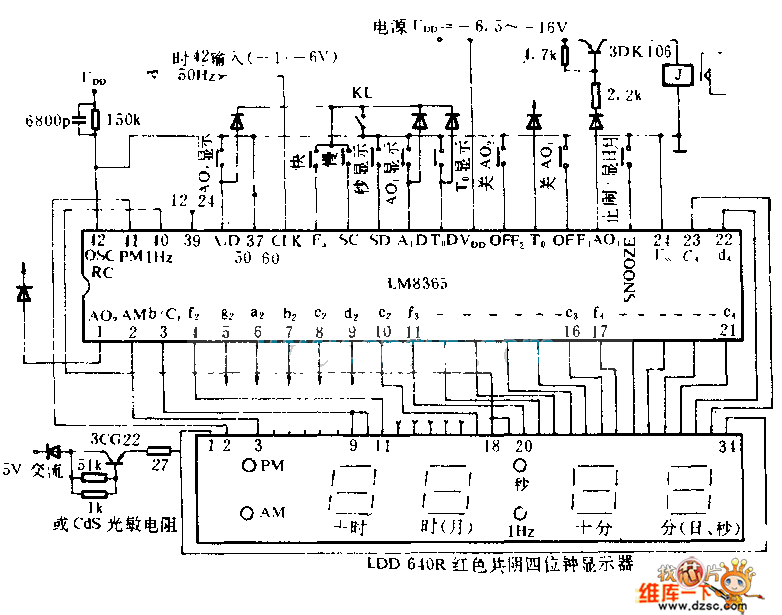
Typical hardware circuit diagram of FT245BM
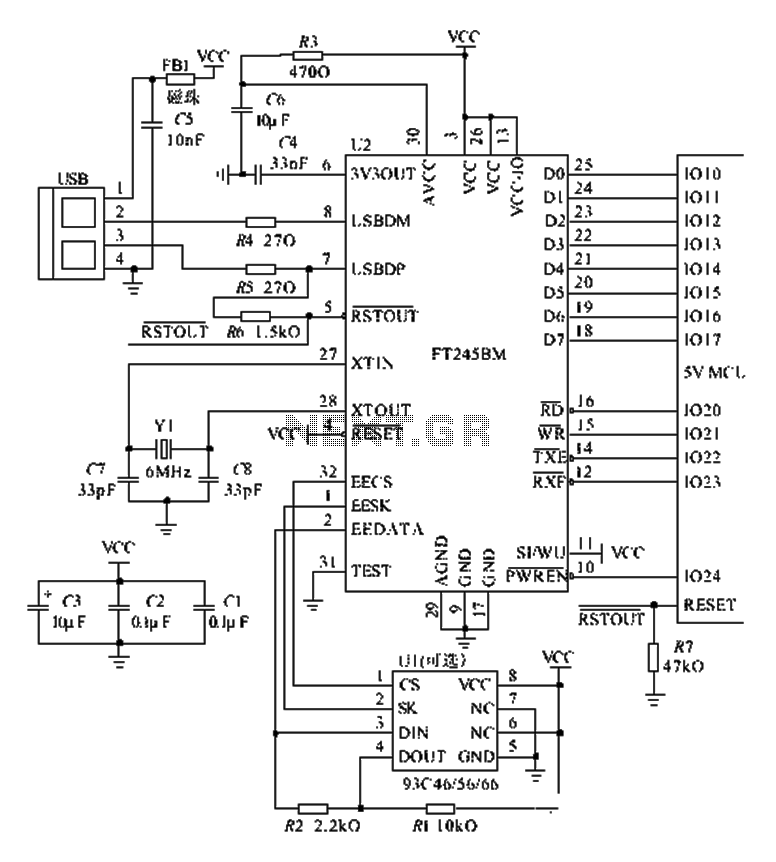
The FT245BM typical hardware circuit operates in bus-powered mode and employs a power-on reset mechanism to initialize the device. The clock circuit can be implemented using a 6 MHz crystal oscillator module or a combination of a 6 MHz crystal and two 33 pF capacitors. The 24-pin I/O connections are utilized to determine whether the USB bus is in a suspended state or a normal operational state. The power supply terminal within the USB interface incorporates a bead to minimize interference and enhance the supply side with decoupling and bypass capacitors, thus improving the circuit's resistance to noise. In the PCB design, it is crucial that data line traces are kept short and of equal length. The 93C46 (or 93C56 or 93C66) EEPROM is used for storing the VID, PID, serial number, and other descriptive information. Users must utilize the FTDI-provided applications to write this information. If the EEPROM is not present, the FT245BM will revert to default values for VID, PID, product descriptors, and will not include a serial number.
The FT245BM circuit is designed to facilitate USB communication by converting parallel data into a serial format. The bus-powered mode allows the device to draw power directly from the USB connection, eliminating the need for an external power supply. The power-on reset ensures that the device initializes correctly upon power-up, preventing erratic behavior.
The clock circuit is a critical component of the FT245BM, as it determines the timing for data transmission. The choice between using a dedicated 6 MHz crystal oscillator module or a discrete crystal with capacitors allows for flexibility in design, depending on available components and space constraints. The 24-pin I/O interface serves multiple functions, including data transmission and monitoring the USB bus state, which is essential for managing power consumption and ensuring efficient operation.
To enhance signal integrity and reduce electromagnetic interference, the power supply terminal is designed with a ferrite bead. This component acts as a low-pass filter, suppressing high-frequency noise that could affect the performance of the FT245BM. Additionally, decoupling and bypass capacitors are strategically placed to stabilize the power supply voltage and provide a clean power source for the device.
In PCB layout design, maintaining short and equal-length traces for data lines is paramount. This practice minimizes signal delay and skew, which can lead to data corruption. The use of the 93C46 EEPROM allows for customization of the device by enabling users to store unique identifiers and product information. This feature is particularly beneficial for applications requiring device tracking or differentiation.
If the EEPROM is omitted, the FT245BM defaults to pre-programmed values, which may suffice for simple applications but limits customization options. The ability to program the EEPROM using FTDI's software tools empowers users to tailor the device to their specific needs, thereby enhancing its functionality in various applications.FT245BM typical hardware circuit as shown in FIG. This circuit uses bus-powered mode, while using power-on reset mode, the output by the reset the device. The clock circuit can be 4 feet of 6 MHz crystal oscillator module or by the one 6 MHz crystal and two 33 pF capacitor components. Feet and I/O 24 pin connected for determining USB bus is in a suspended state or normal state. Power supply terminal in USB interface uses a bead to reduce interference and a host device; at the same time, increase the supply side decoupling and bypass capacitors, in order to improve anti-jamming performance of the circuit.
In the PCB board design, the data line traces should be as short and of equal length. Figure 3 93C46 (93C56 or 93C66) is a EEPROM, for VID, PID, serial number, and some descriptive text and other storage products. These require the user to write, to write applications provided by FTDI. Users only need to run the corresponding VB application, write the appropriate information to their own.
The EEPROM is optional. If no EEPROM, FT245BM will use the default VID, PID, product descriptors and Power Descriptor, and no serial number of the device.
The FT245BM circuit is designed to facilitate USB communication by converting parallel data into a serial format. The bus-powered mode allows the device to draw power directly from the USB connection, eliminating the need for an external power supply. The power-on reset ensures that the device initializes correctly upon power-up, preventing erratic behavior.
The clock circuit is a critical component of the FT245BM, as it determines the timing for data transmission. The choice between using a dedicated 6 MHz crystal oscillator module or a discrete crystal with capacitors allows for flexibility in design, depending on available components and space constraints. The 24-pin I/O interface serves multiple functions, including data transmission and monitoring the USB bus state, which is essential for managing power consumption and ensuring efficient operation.
To enhance signal integrity and reduce electromagnetic interference, the power supply terminal is designed with a ferrite bead. This component acts as a low-pass filter, suppressing high-frequency noise that could affect the performance of the FT245BM. Additionally, decoupling and bypass capacitors are strategically placed to stabilize the power supply voltage and provide a clean power source for the device.
In PCB layout design, maintaining short and equal-length traces for data lines is paramount. This practice minimizes signal delay and skew, which can lead to data corruption. The use of the 93C46 EEPROM allows for customization of the device by enabling users to store unique identifiers and product information. This feature is particularly beneficial for applications requiring device tracking or differentiation.
If the EEPROM is omitted, the FT245BM defaults to pre-programmed values, which may suffice for simple applications but limits customization options. The ability to program the EEPROM using FTDI's software tools empowers users to tailor the device to their specific needs, thereby enhancing its functionality in various applications.FT245BM typical hardware circuit as shown in FIG. This circuit uses bus-powered mode, while using power-on reset mode, the output by the reset the device. The clock circuit can be 4 feet of 6 MHz crystal oscillator module or by the one 6 MHz crystal and two 33 pF capacitor components. Feet and I/O 24 pin connected for determining USB bus is in a suspended state or normal state. Power supply terminal in USB interface uses a bead to reduce interference and a host device; at the same time, increase the supply side decoupling and bypass capacitors, in order to improve anti-jamming performance of the circuit.
In the PCB board design, the data line traces should be as short and of equal length. Figure 3 93C46 (93C56 or 93C66) is a EEPROM, for VID, PID, serial number, and some descriptive text and other storage products. These require the user to write, to write applications provided by FTDI. Users only need to run the corresponding VB application, write the appropriate information to their own.
The EEPROM is optional. If no EEPROM, FT245BM will use the default VID, PID, product descriptors and Power Descriptor, and no serial number of the device.
